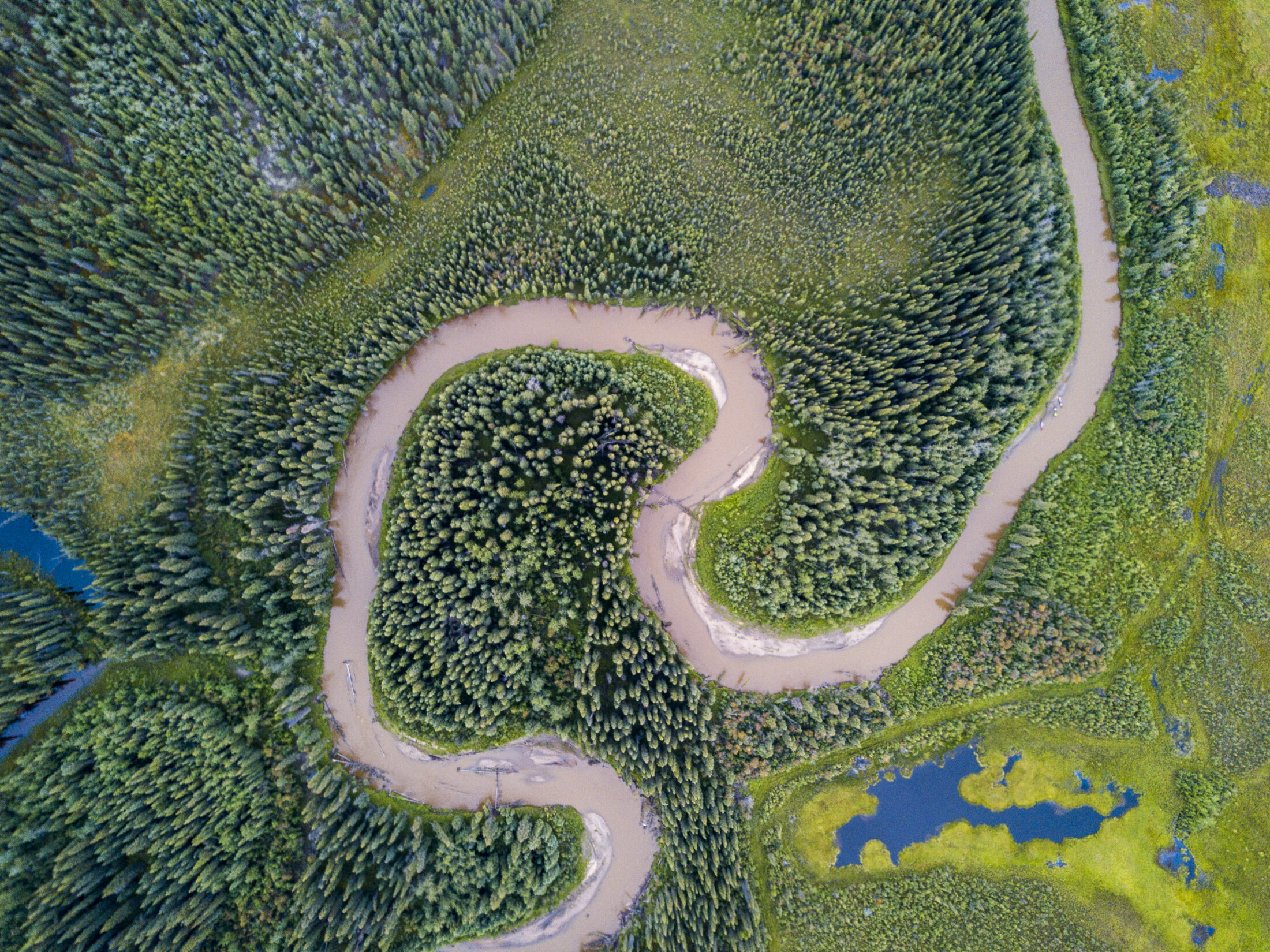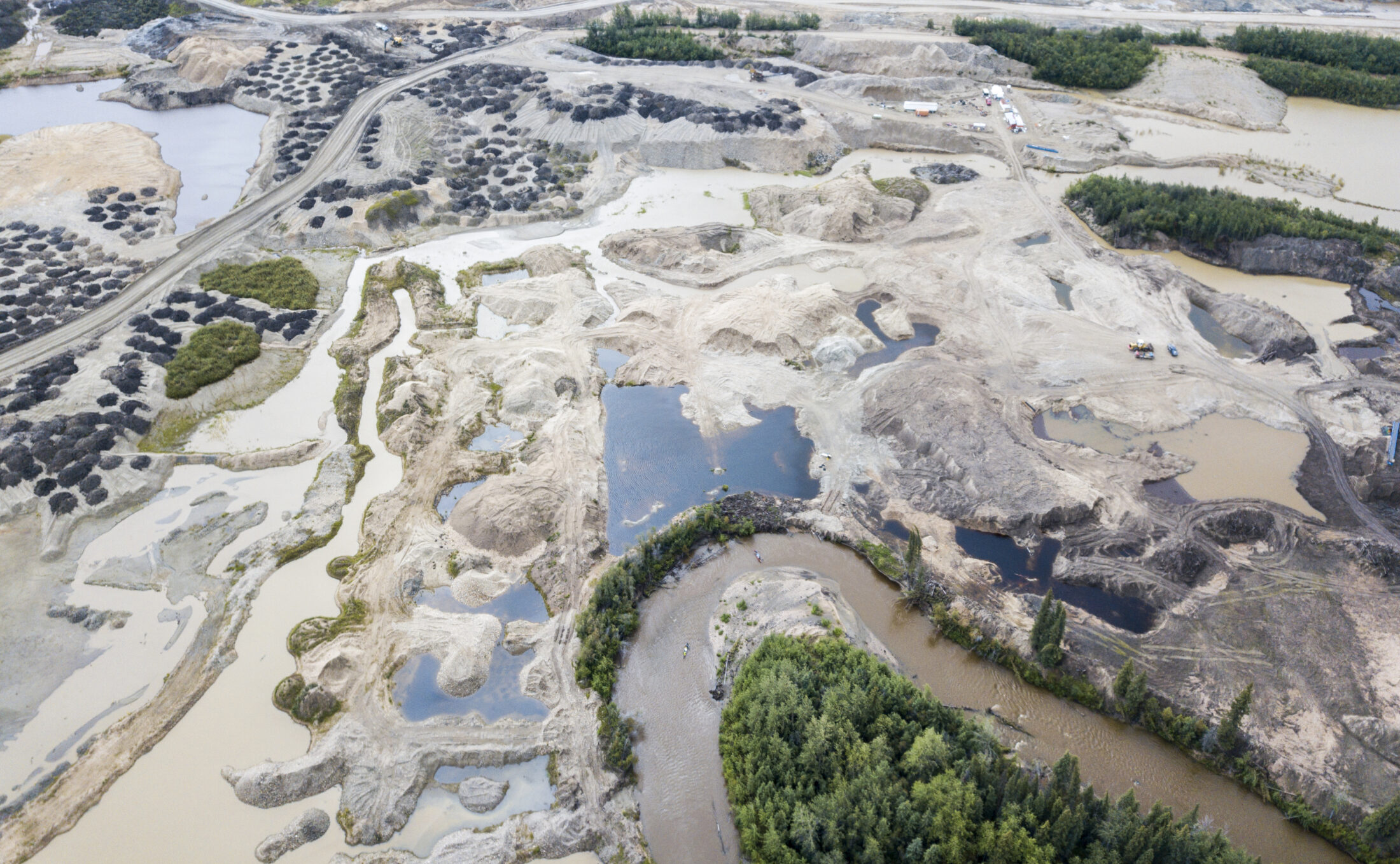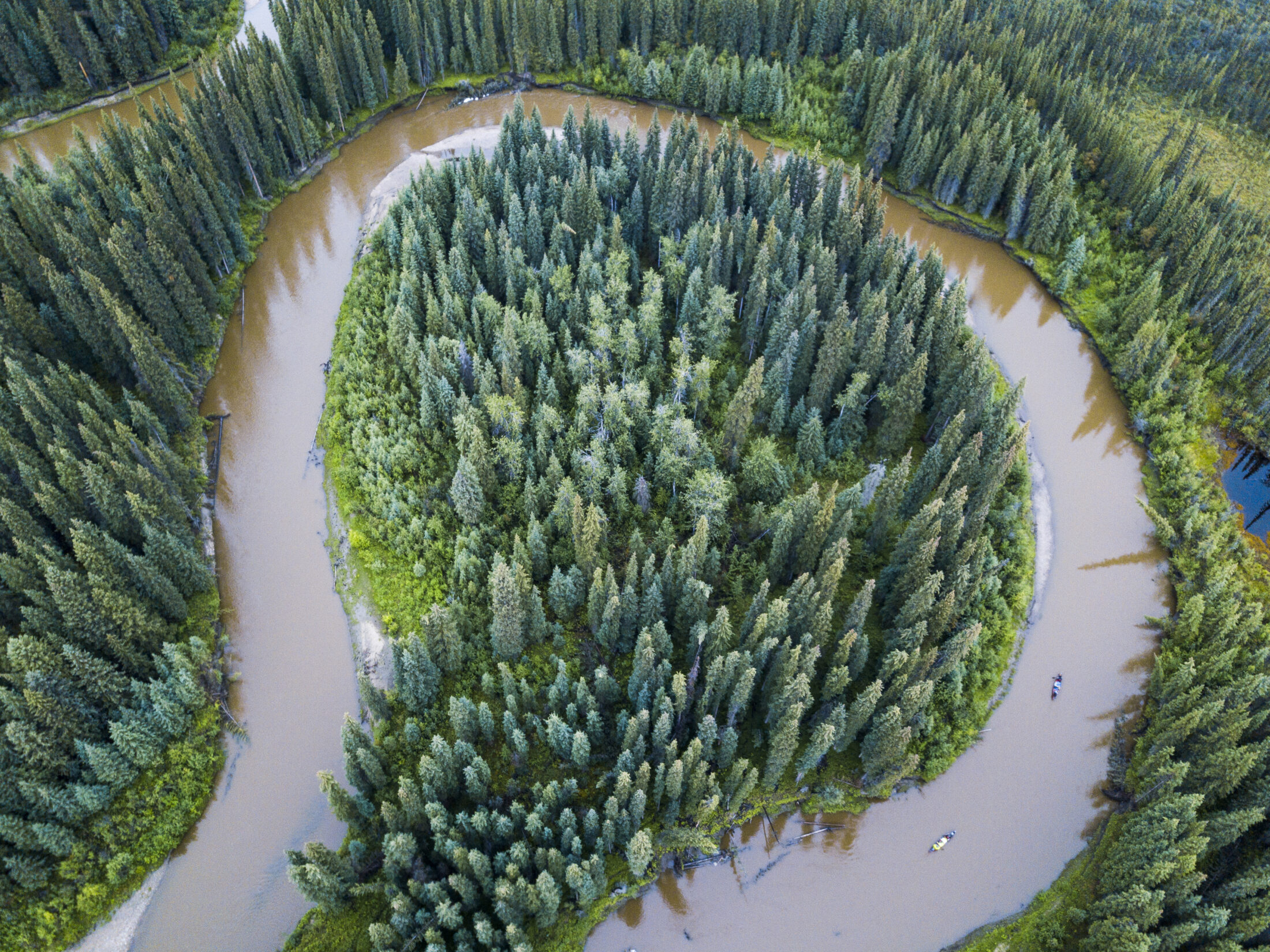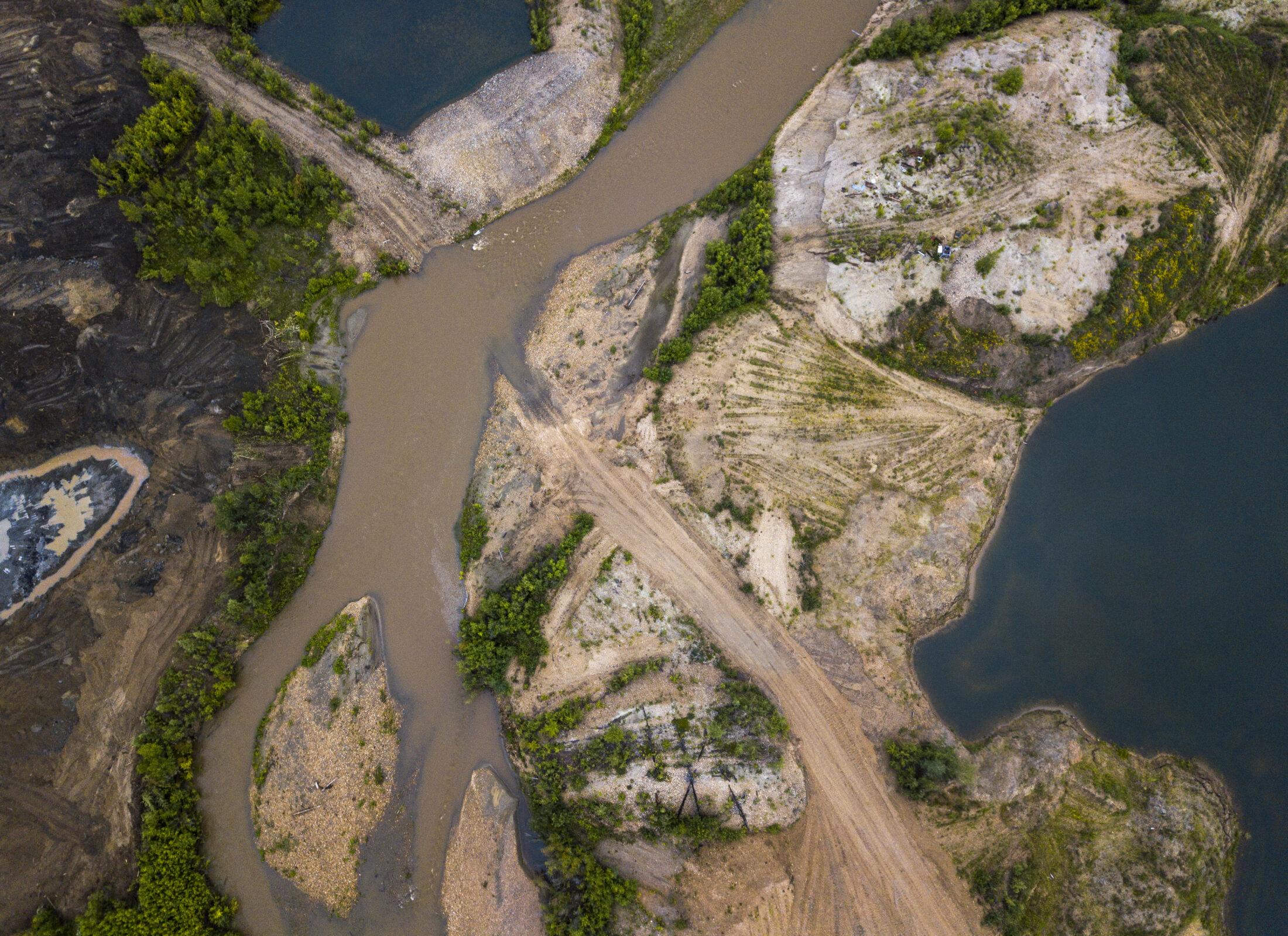
Rocky Mountain coal mine in Alberta takes next step to expansion
In Alberta, a massive open-pit coal mine near Jasper National Park is hoping to expand...
The Indian River watershed, which used to provide “sweeping” wetland habitat south of Dawson City, Yukon, has been all but destroyed by placer mining, Darren Taylor, Tr’ondëk Hwëch’in First Nation’s director of natural resources, told the territory’s water board during a recent virtual hearing.
The time for Yukon to protect its last remaining wetlands is running out, Taylor said.“We are reaching a tipping point, beyond which there’s no turning back,” he warned. “Part of ourselves dies when our relationship with the land is disrupted.”
The Yukon Water Board, an independent body responsible for issuing water licences, is receiving feedback from the public as part of a plan to develop a strategy for placer mining in wetlands across the territory. The board is accepting written submissions from the public until Dec. 14
.
Placer miners scoop rocks and gravel from streams and river beds in a search for gold. It’s a destructive process that disturbs water quality, leading to breathing, feeding and reproductive problems for fish. Placer mining and the piles of waste rock it creates can severely damage the unique riparian ecosystems that act as bridges between land and water.
Placer mining, which is regulated under an act written in the early 1900s, before its ecological impacts were well understood, is seen as a low-cost way for operators to enter the mining business without having to shoulder the costs of starting a larger mine.
Although placer miners must receive a water licence from the Yukon Water Board to operate, there is no legislation in the territory that protects wetlands or their potential disturbance from mining.
If that doesn’t change soon, the territory’s wetlands could be whittled away by mining until they’re gone for good, Randi Newton, conservation coordinator with the Yukon chapter of the Canadian Parks and Wilderness Society (CPAWS), told The Narwhal.
“We’re in real danger of pushing these ecosystems past their breaking point,” she said.

An undisturbed portion of the Indian River in Yukon. Photo: Malcolm Boothroyd / CPAWS Yukon
CPAWS is calling on the board to stop issuing water licences to placer miners until land use plans are in place, reclamation standards are established or, at the very least, thresholds for wetland disturbances are set, Newton said.
Piers McDonald, chair of the water board, told The Narwhal that water licences for placer mining continue to be adjudicated.
“We determined that we couldn’t just slow down [the issuance of licenses], and that ultimately led to the public hearing because there were a number of issues to consider, particularly environmental protection and economic opportunity,” he said.
“We agreed that a hearing in the public interest would help expose the core issues and, if not to build consensus, to certainly allow everyone to understand everyone else’s positions better.”
Newton said the status quo involves placer mining operations being approved on a project by project basis. This piecemeal approach represents nothing short of “de facto land use planning,” where mining takes precedence, she said.
“Even if 100 per cent of claims aren’t mined, you’re left with this checkerboard of disturbance across the landscape,” she said. “It severs ecosystems. It’s severing human connection to that landscape. And we’re undertaking this transformation without good baseline information to know what exactly we’re changing.”
Industry is already subject to “significant” regulation and review, Samson Hartland, executive director of the Yukon Chamber of Mines, told The Narwhal in an email.
“Industry adheres to best practices and modern progressive reclamation standards which minimize long-term environmental impacts,” he said. “Many areas with particular sensitivities — wildlife, culture, etc. — are already off-limit to exploration and development, so work doesn’t occur in those.”
Hartland added he worries the wait for new legislation could stifle economic activity crucial to life in Yukon.
“If we waited for land use planning to be complete, the territory would die, there would be no exploration or mining for the next 50 to 100 years.”

Placer mines along the Indian River, near Sulphur Creek. Photo: Malcolm Boothroyd / CPAWS Yukon
Yet others say the modernization of placer mining is long overdue.
The Tr’ondëk Hwëch’in First Nation has been asking the water board to host public hearings on placer mining and wetlands since 2018.
Despite substantial placer mining in the watershed of the Indian River, a tributary of the Yukon River that holds strong cultural significance for First Nations, “a significant information gap exists between the functions of undisturbed wetlands in the Indian River watershed and the effects of placer mining,” the nation’s request for a hearing states.
“The wetland complex in the Indian River valley has intrinsic value on the landscape, to the ecosystem, the broader community and to Tr’ondëk Hwëch’in culture and values,” the document states.
The document also outlines the nation’s fear that mining is damaging not only the environment but culture, too, with many citizens no longer wanting to hunt in the Indian River valley “because they feel there is no point in going to such a disturbed area.”
Taylor echoed this sentiment during the water board hearings.
“With the increase in activity levels and lack of reclamation and destroyed habitat, I don’t feel as comfortable with harvesting down there anymore,” he said. “I don’t even want to drive down there for leisure. It’s too depressing.”
“Through the erasing of the land and water, and our ties to that land and water, we are losing ourselves … from the land,” he said.
“Our very children are disappearing from the land.”
The Tr’ondëk Hwëch’in First Nation has asked the Yukon Water Board to stop issuing new water licences for placer projects in undisturbed Indian River wetlands until the hearings are complete.
Roberta Joseph, Chief of Tr’ondëk Hwëch’in, told The Narwhal that Yukon has “lagged behind long enough,” that it’s time for the government to pony up and craft wetlands-specific legislation.
“Our response to the water board was that we wanted to ensure that there would be no mining in wetlands that cannot be reclaimed back to its natural state,” she said. “It may take decades for reclamation to ever happen. Because we don’t have many wetlands in our traditional territory, we have to ensure that we are looking after the areas that we do have.”

Two canoes are just visible in a large bow in the Indian River. Photo: Malcolm Boothroyd / CPAWS Yukon
Wetlands, which include bogs, fens and swamps, act as a breadbasket for Tr’ondëk Hwëch’in citizens, who exercise their rights and traditions by harvesting medicinal plants, berries and wildlife, Joseph said.
If placer mining continues operating in the same manner, it will create more stress on the environment and more stress on her nation’s culture, she said, adding that lots of life relies on what these unique ecosystems have to offer.
“The wetlands provide for clean air, as well as provide nutrients for a number of species that rely on wetlands,” she said. “They could range from migratory birds, right down to insects and fur-bearing animals.”
Not only do wetlands filter water and provide crucial habitat for moose, caribou and fish, they also act as carbon sinks. According to a 2017 report by the Boreal Songbird Initiative, peatlands, a form of wetland, hold at least 147 billion tonnes of carbon, equivalent to 736 years of Canada’s industrial greenhouse gas emissions. About one-quarter of the world’s wetlands are in Canada’s boreal forest, covering a landmass of 1.19 million square kilometres — an area that is larger than Ontario, the report states.
As The Narwhal recently reported in its Carbon Cache series, carbon-rich landscapes are valuable contributors to Canada’s climate action goals — but only if they are protected from disturbance and destruction.
The absence of a wetlands framework in Yukon has created uncertainty for land managers, industry and people and companies that want to develop projects, according to a Yukon government public engagement summary.
The Yukon government plans to remedy this by creating a policy that would balance environmental stewardship with industrial development, Sue Thomas, a spokesperson with the Department of Energy, Mines and Resources, told The Narwhal in an email.
“The policy will help us make responsible and respectful choices about activities affecting wetlands to ensure the benefits of Yukon wetlands are sustained for all,” she said.
The policy was supposed to be completed earlier this year, but COVID-19 derailed those plans, Erin Loxam, a spokesperson with Environment Yukon, told The Narwhal in an email.
“The process was held up in policy development, and as COVID hit, we had to change our plans for community tours and roundtable meetings,” she said.
Testimony collected during the water board hearings and submissions from the public will be used to inform the policy, she said, adding that a revised draft policy will be published in the New Year, after which, a public engagement period will be launched.
The final policy is slated to be completed in fall 2021, Loxam said.

Placer mining alongside the Indian River, near Quartz Creek, Yukon. Photo: Malcolm Boothroyd / CPAWS Yukon
In 2018, the Yukon Environmental and Socio-economic Assessment Board recommended that a large-scale placer project along the Indian River not mine or build ancillary infrastructure in undisturbed wetland areas.
While the assessment board ultimately determined that the project wouldn’t have “significant environmental effects” based on the company’s plan to avoid mining in areas where wetlands are present, the report provides insight into how the assessment board considers mining activity in these regions.
“The significance of the Indian River valley as a major wetland complex of historical and contemporary importance, and the accelerating development in the region from large-scale placer mining operations, makes it increasingly susceptible to significant adverse cumulative effects,” the report states.
The report also states that restoration of wetlands after development is “complex.”
“Fluctuations in water volume can change the form and function of wetlands, and changes in water quality can have a negative impact on the biodiversity and local species that live in impacted wetlands,” the report states.
Despite the assessment board’s warnings, the Yukon government, “after full and fair consideration,” approved the project. The government also amended the board’s recommendation by permitting the company to mine in wetlands on the condition that they are reclaimed: “the proponent shall develop a progressive reclamation plan … that results in a … natural reestablishment of wetland habitats in post-mined areas.”
This decision falls in line with an interim measure that recommends miners avoid wetlands in the Indian River valley “when possible” and, if wetlands can’t be avoided, companies provide protection and reclamation plans before a project can move ahead.
But for observers like Newton from CPAWS, those interim measures have fallen flat by providing too much wiggle room for industry.
“It’s just the entrenched status quo of continuing to allow mining in wetlands without having a good understanding of the impacts,” she said.
Get the inside scoop on The Narwhal’s environment and climate reporting by signing up for our free newsletter. A $335 million funding commitment to fund...
Continue reading
In Alberta, a massive open-pit coal mine near Jasper National Park is hoping to expand...

A trade war could help remake B.C.’s food system, but will family farmers be left...

First Nations are leading efforts to make sure lake sturgeon can find a home in...
